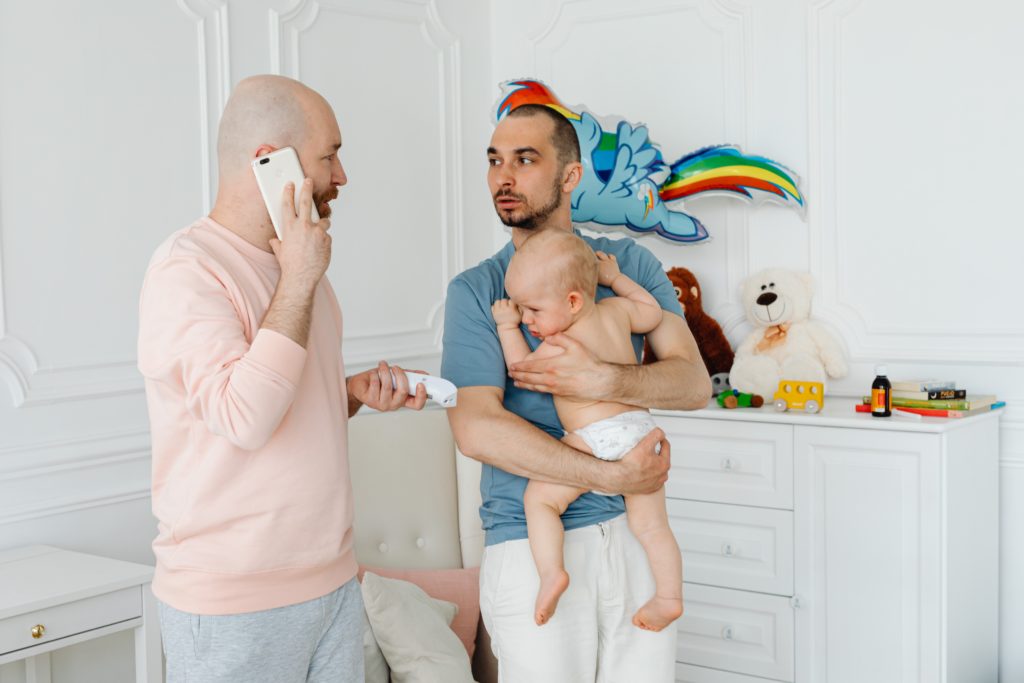What should my baby’s poop look like?
A baby’s poop, also known as stool or bowel movements, can come in a variety of colors, textures, and consistency. It is important to know what is normal for your baby. A change in the appearance of their stool can indicate potential health issues.
Also read what to do if your baby is not pooping.
In the first few days after birth, a baby’s poop will be dark green and sticky. This is known as meconium and is made up of everything the baby ingested in the womb, including amniotic fluid and cells. As the baby begins to breastfeed or take formula, the meconium will be replaced by a yellow or greenish-yellow, seedy, and runny stool. This is known as transitional stool and is normal for breastfed babies. Formula-fed babies may have firmer stools.
As a baby begins eating solids, baby poop may look different
As the baby begins to eat solid foods, their stool may become more solid and may vary in color and consistency. This is also normal and can be a sign that their digestive system is adjusting to the new foods.
It’s important to note that breastfed babies tend to have more frequent and softer stools than formula-fed babies. This is because breastmilk is more easily digested than formula.
Problems you can identify in baby poop
However, there are some changes in the appearance of a baby’s stool that may indicate a problem. If a baby’s stool is hard, dry, and difficult to pass, it may indicate constipation. If it’s watery and frequent, it may indicate diarrhea. Stool that’s bloody, black or tarry, or has mucus can also be a sign of an issue and it is important to consult with your pediatrician.
It is also important to know that the color of a baby’s stool can be affected by what they eat or drink. For example, if a baby has a lot of iron-fortified cereal, their stool may be darker in color. Similarly, if a baby drinks a lot of juice, their stool may appear loose and watery.
In summary, a baby’s stool can come in a variety of colors, textures, and consistency. It’s important to know what is normal for your baby and to pay attention to any changes that may indicate a problem. If you are ever concerned about your baby’s stool, it’s best to consult with your pediatrician.









